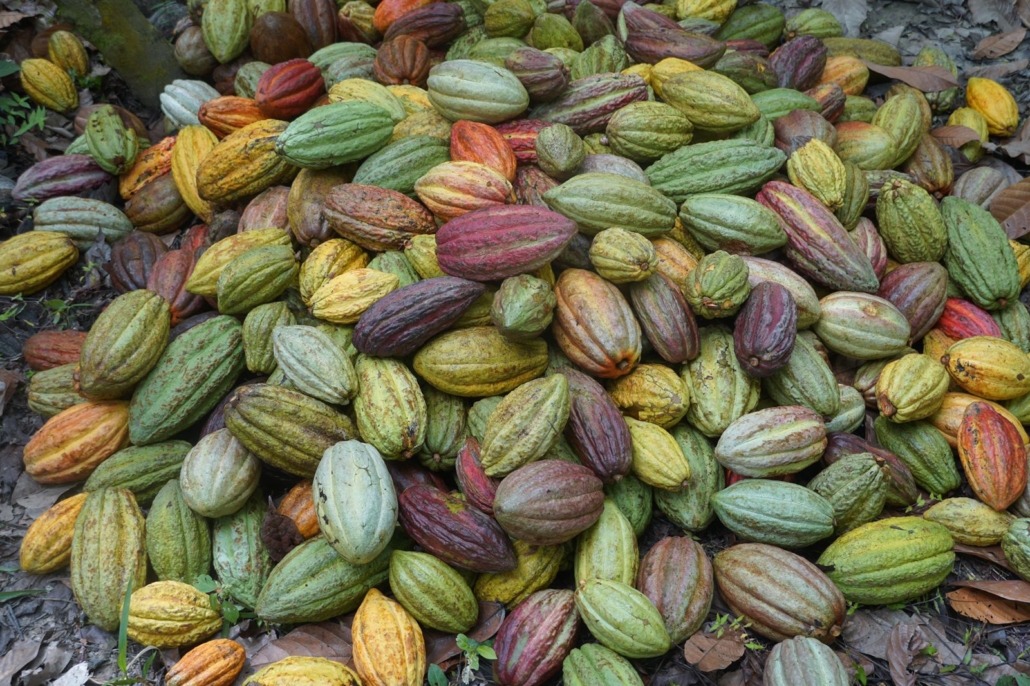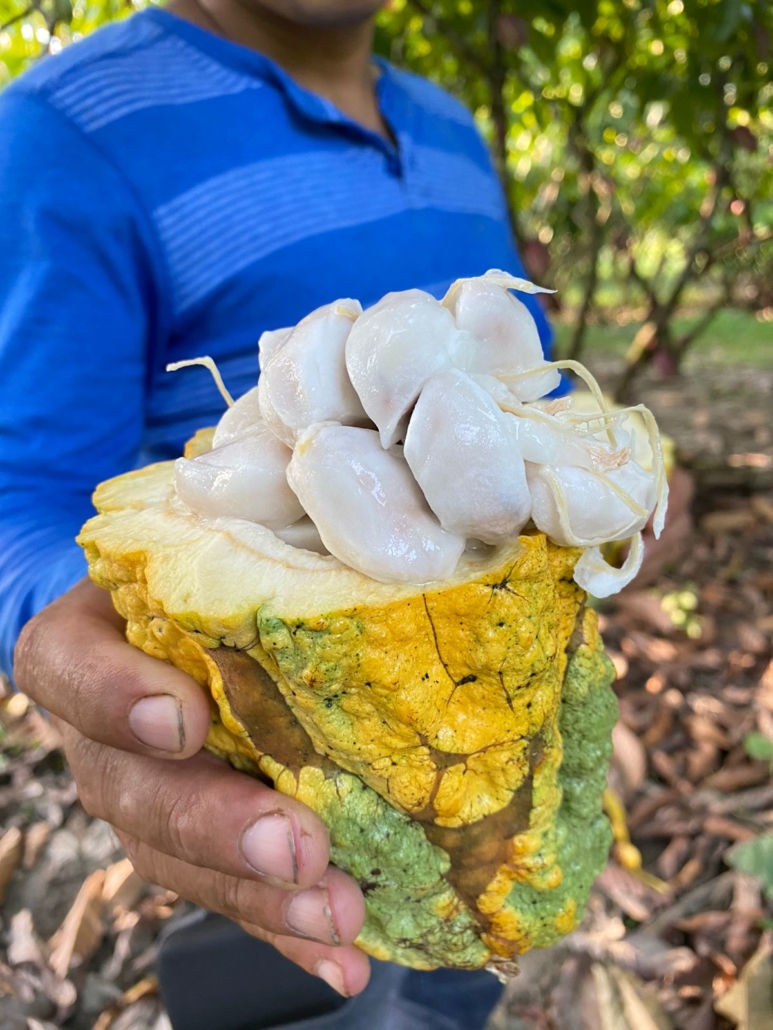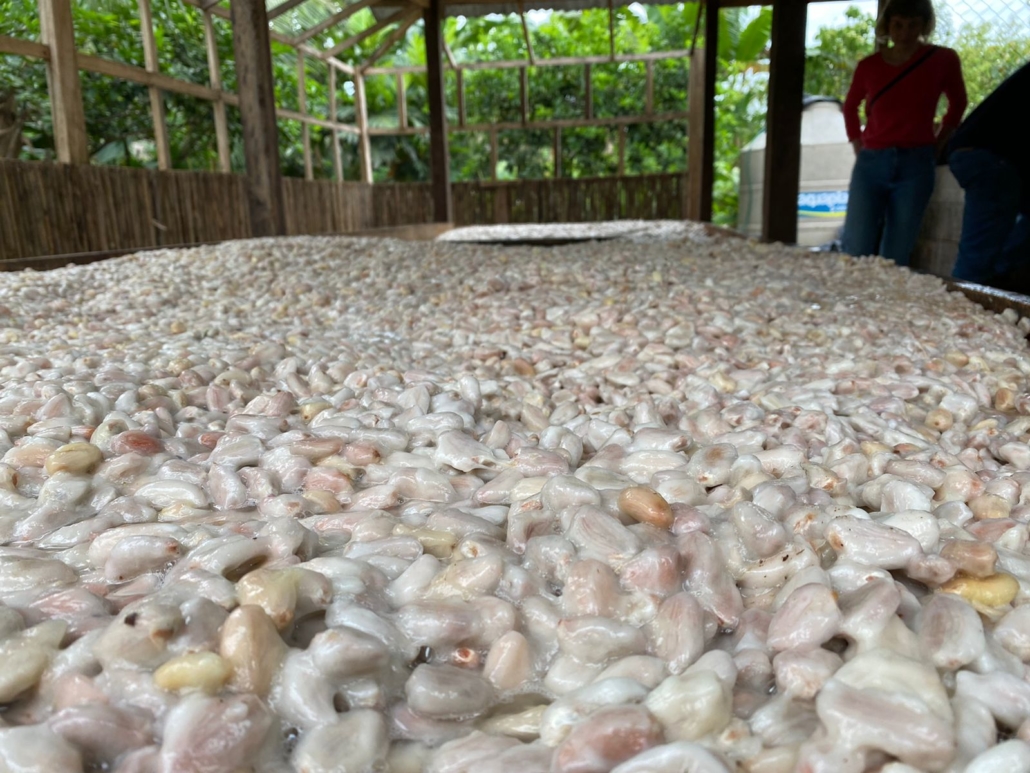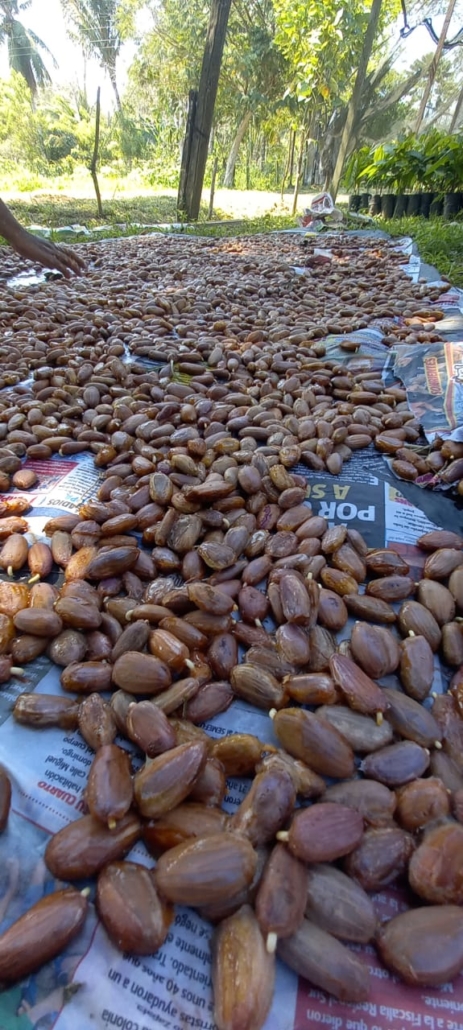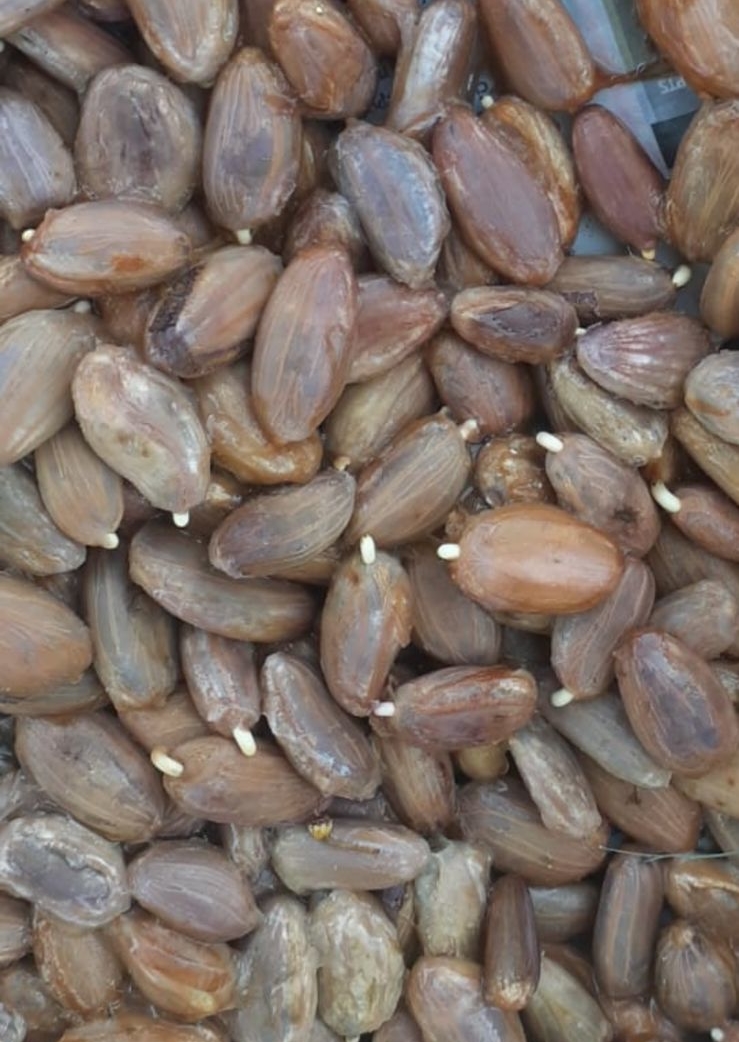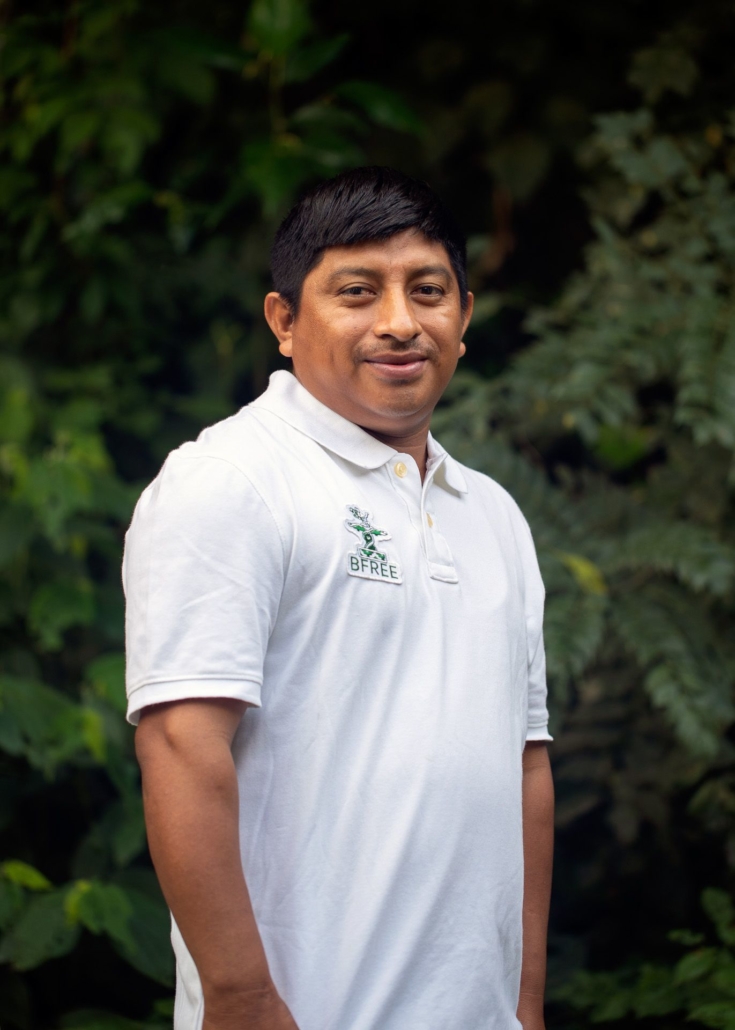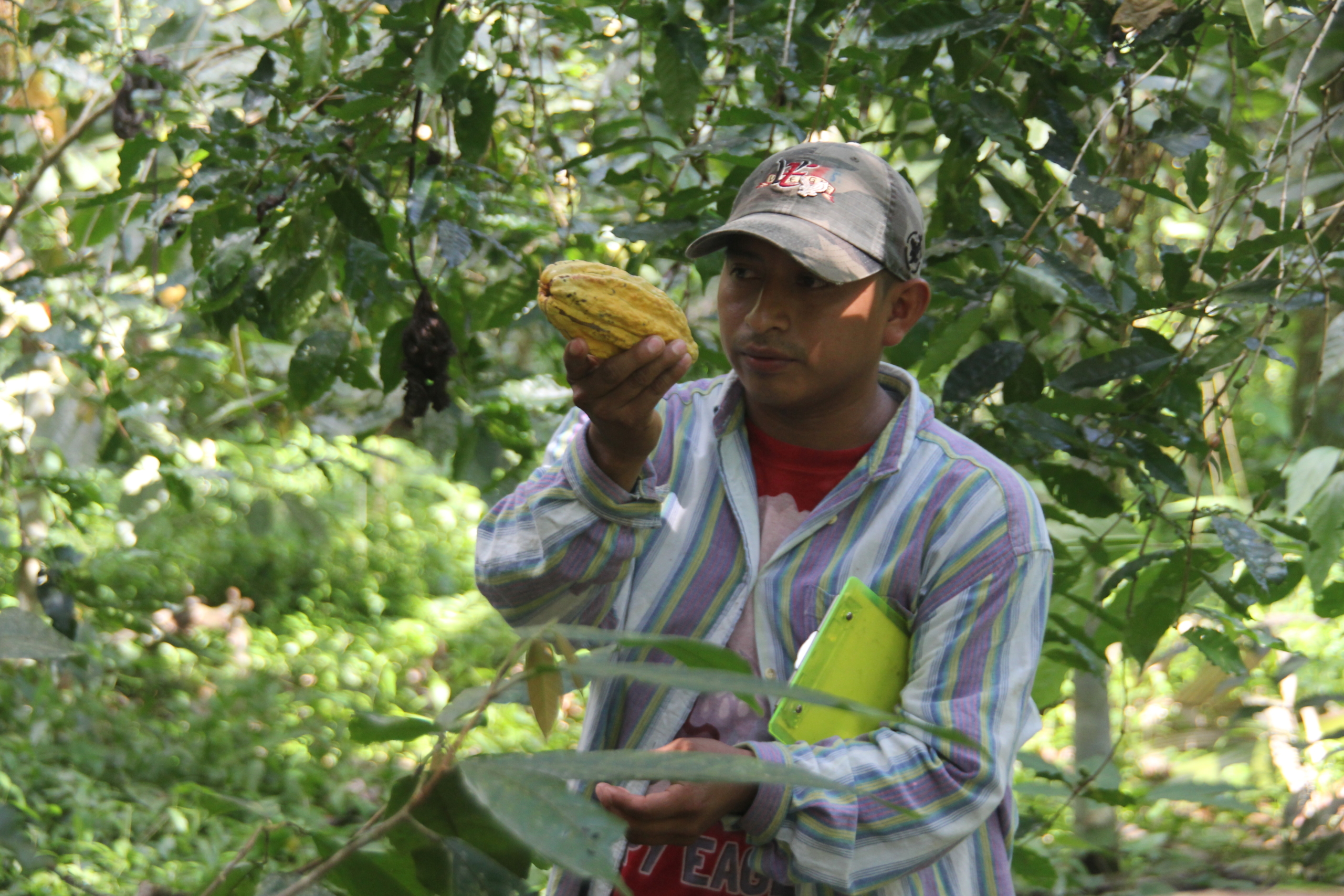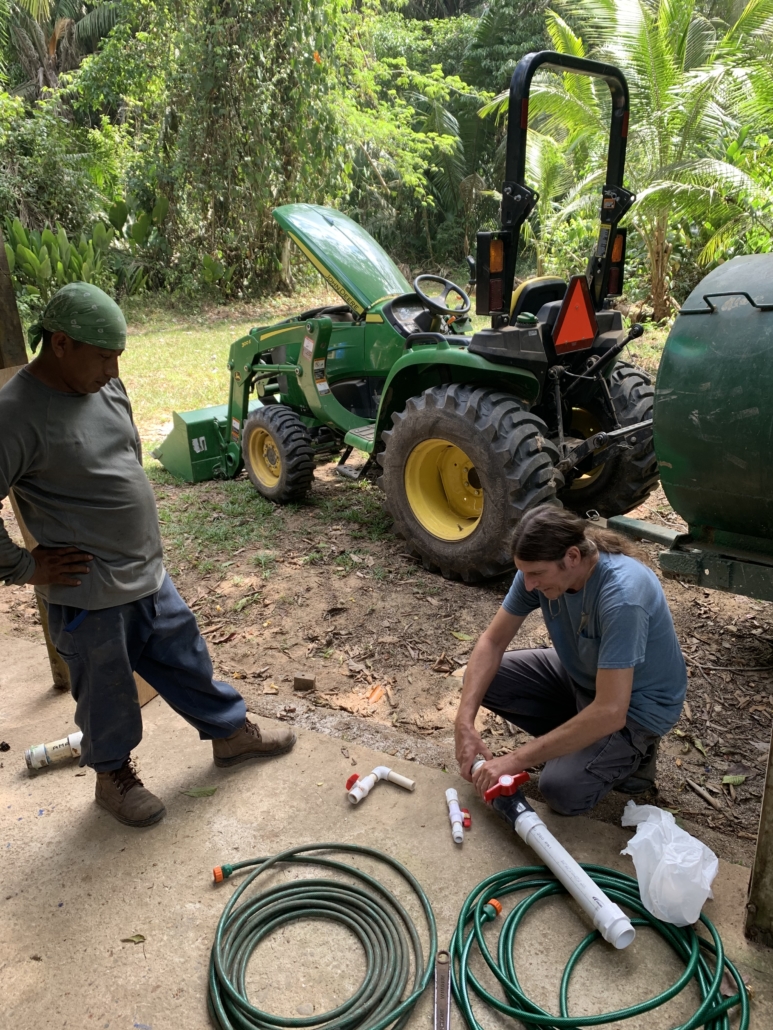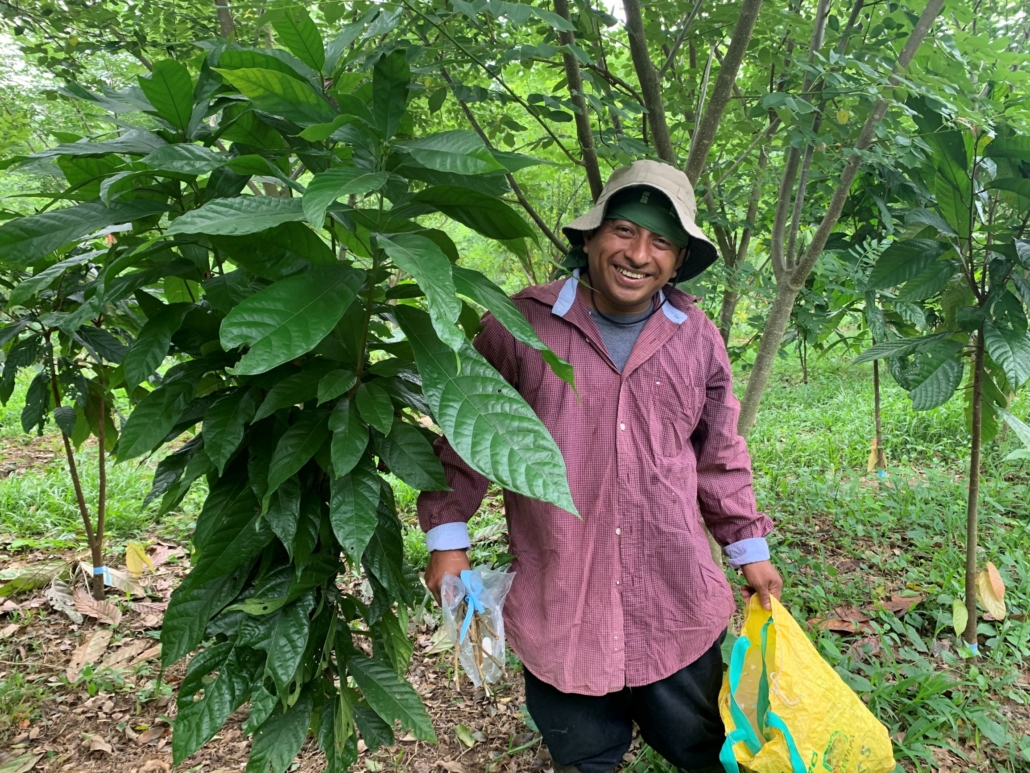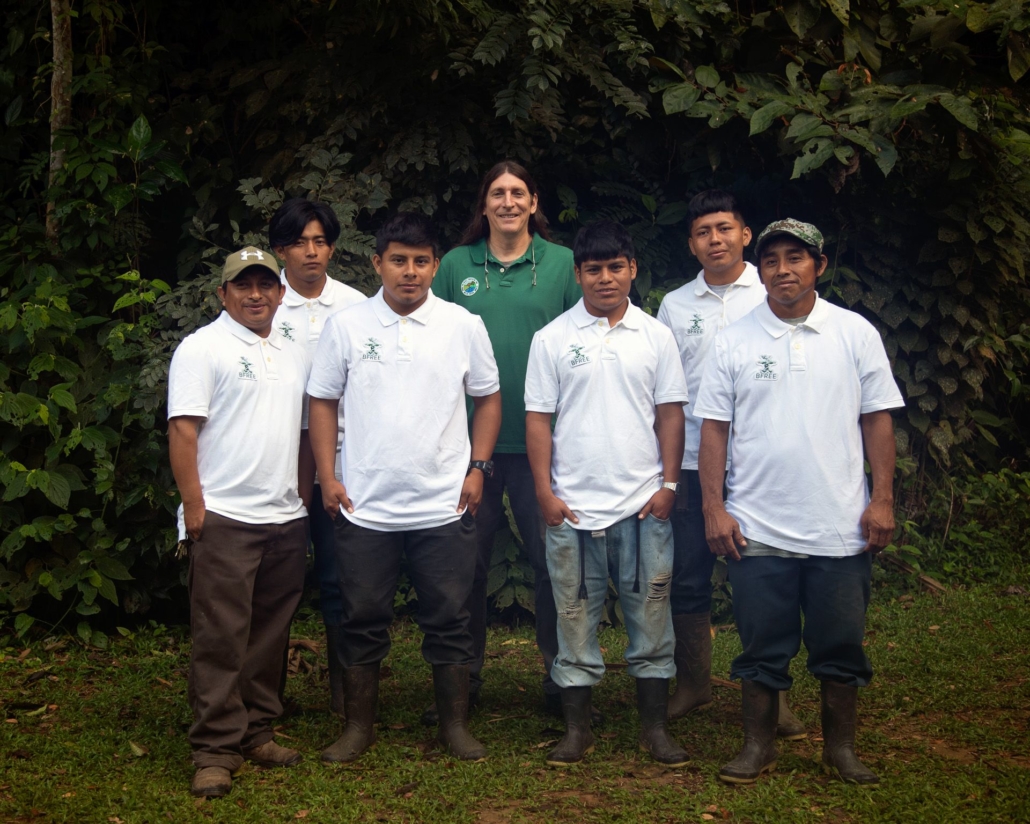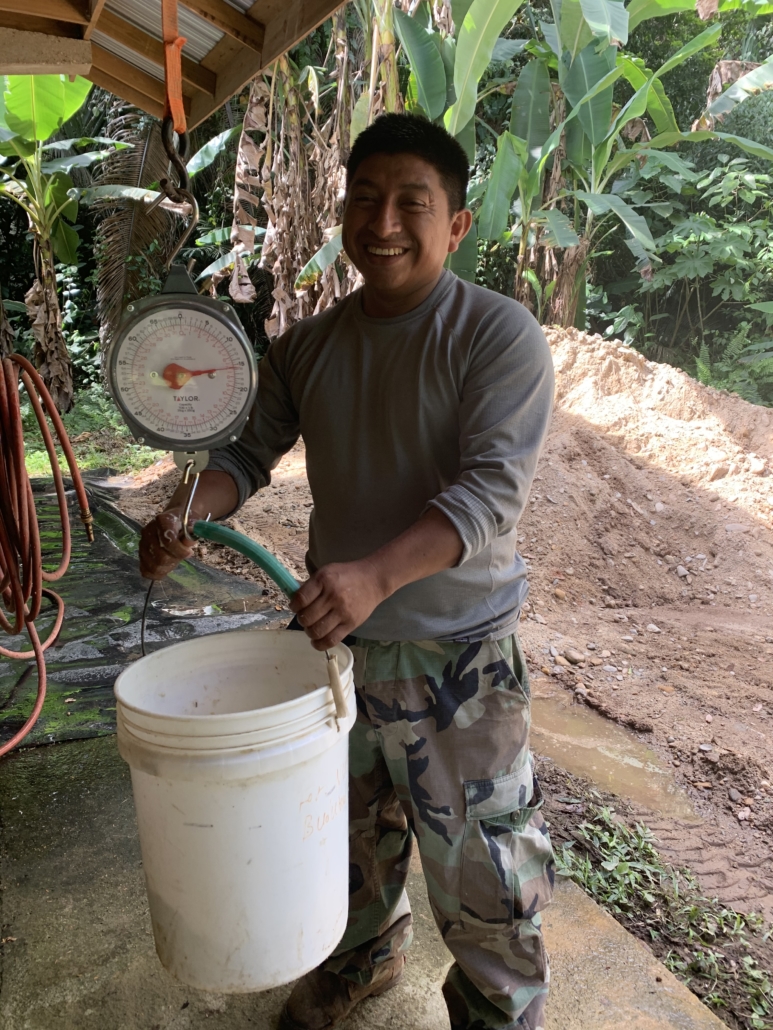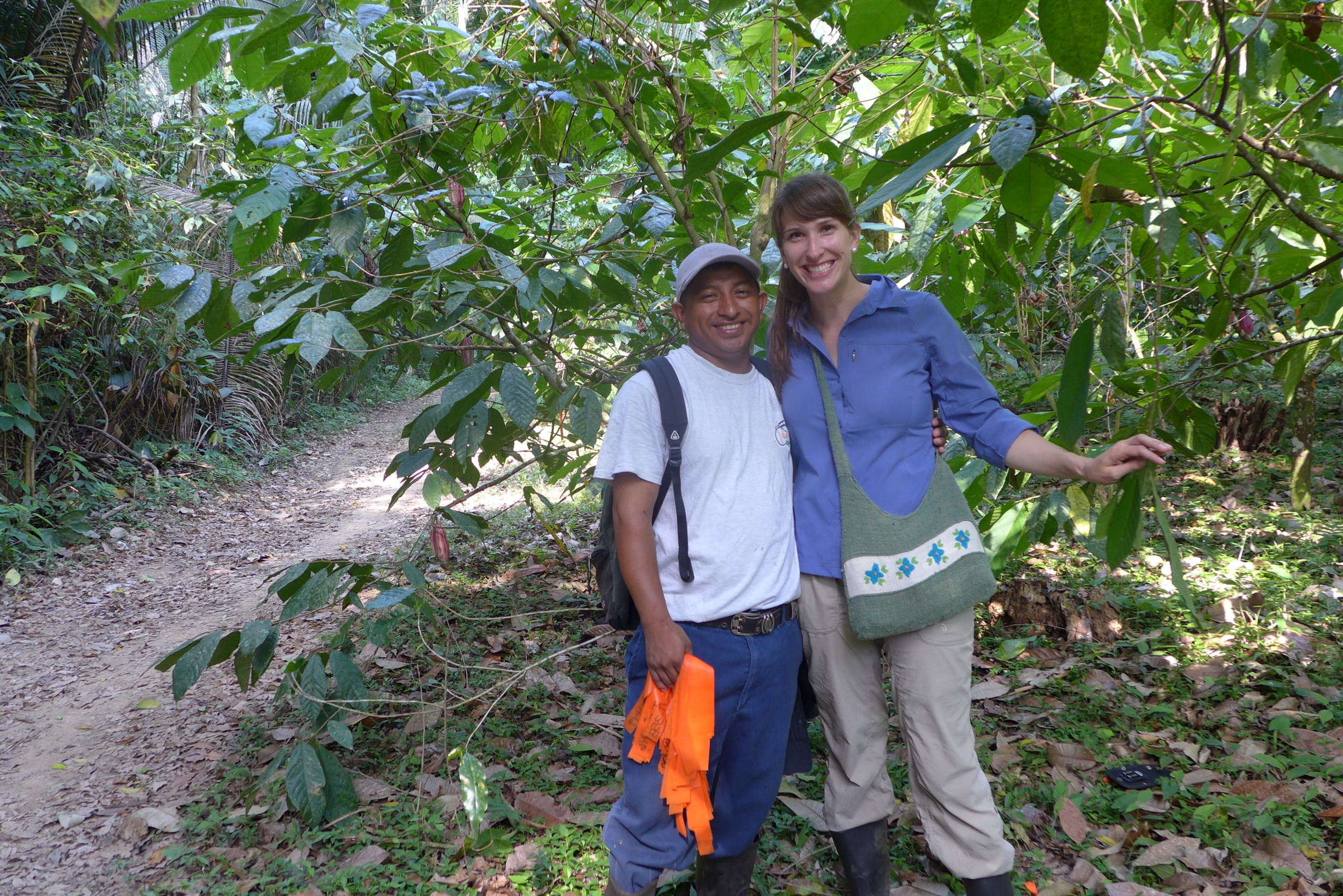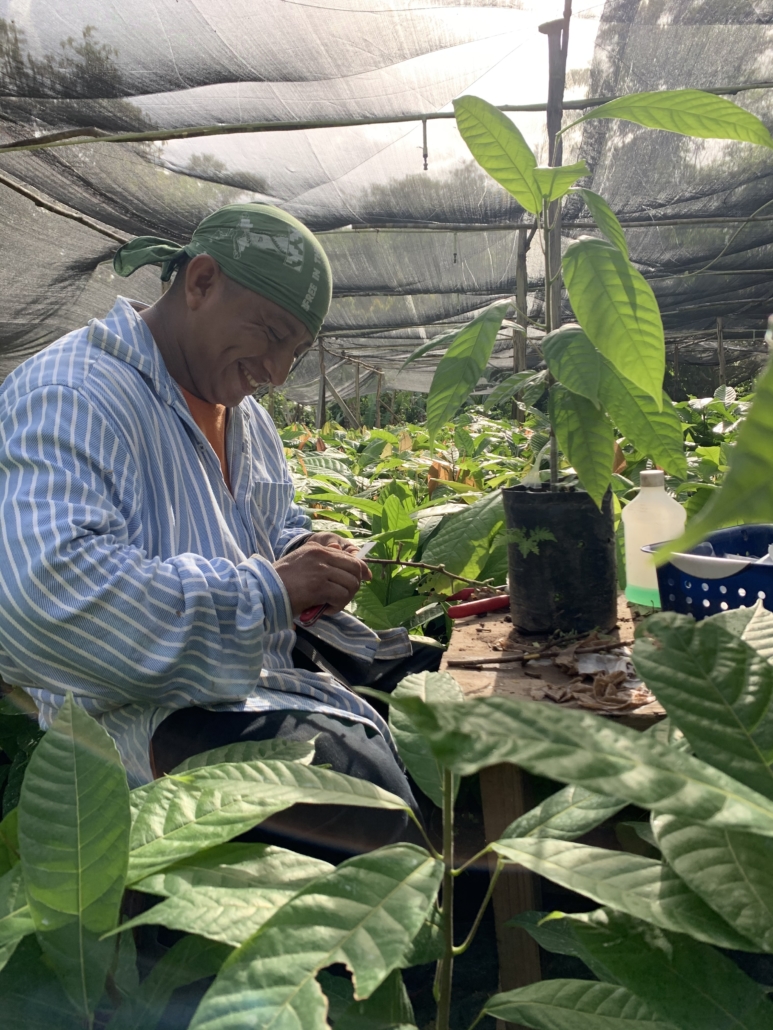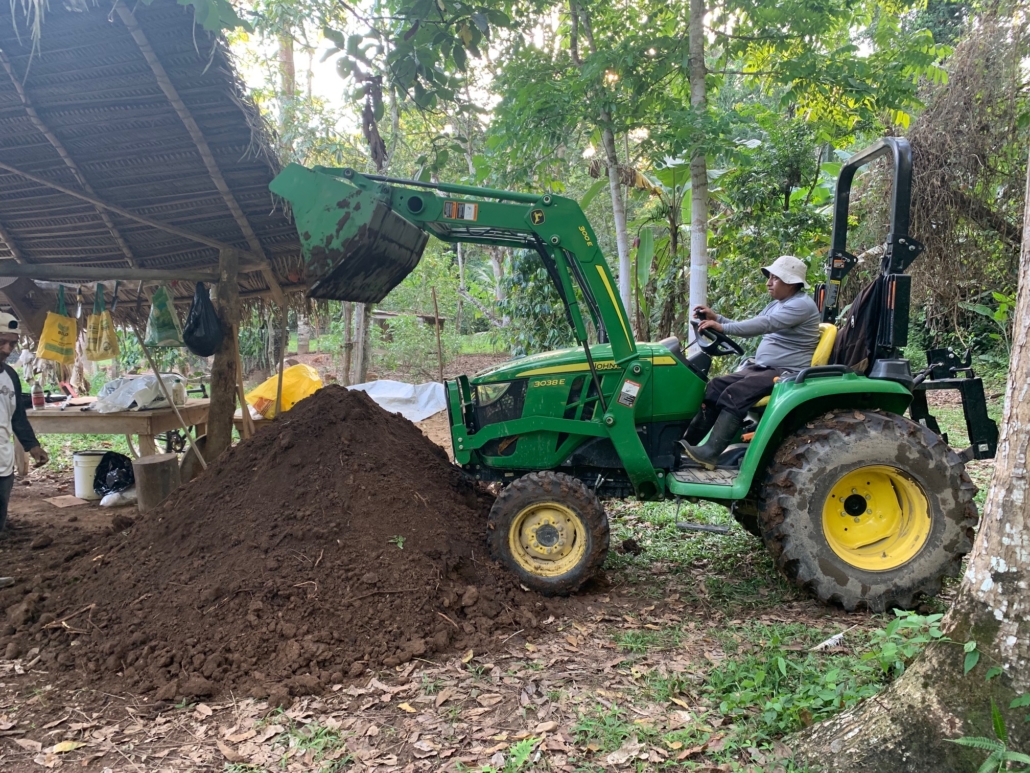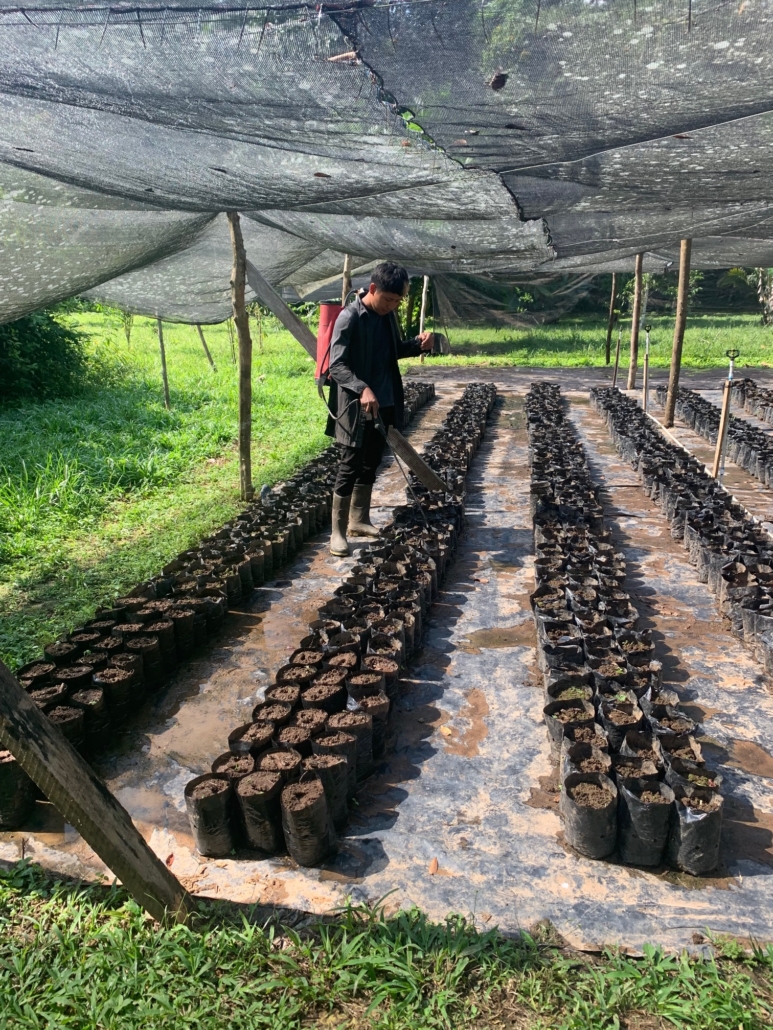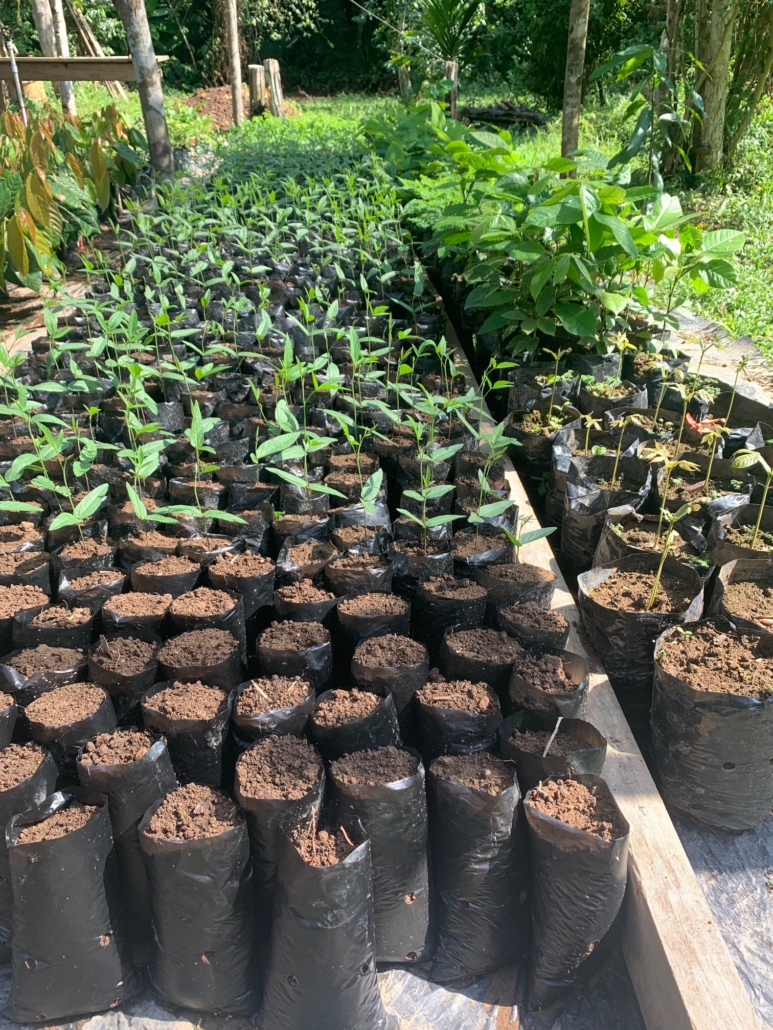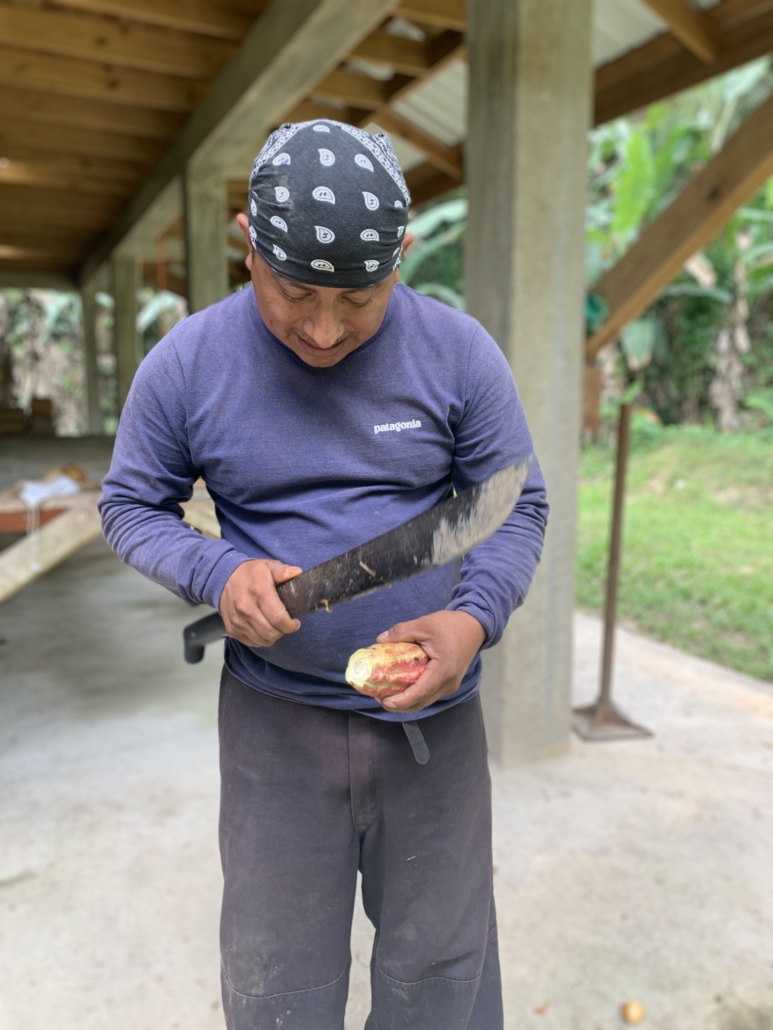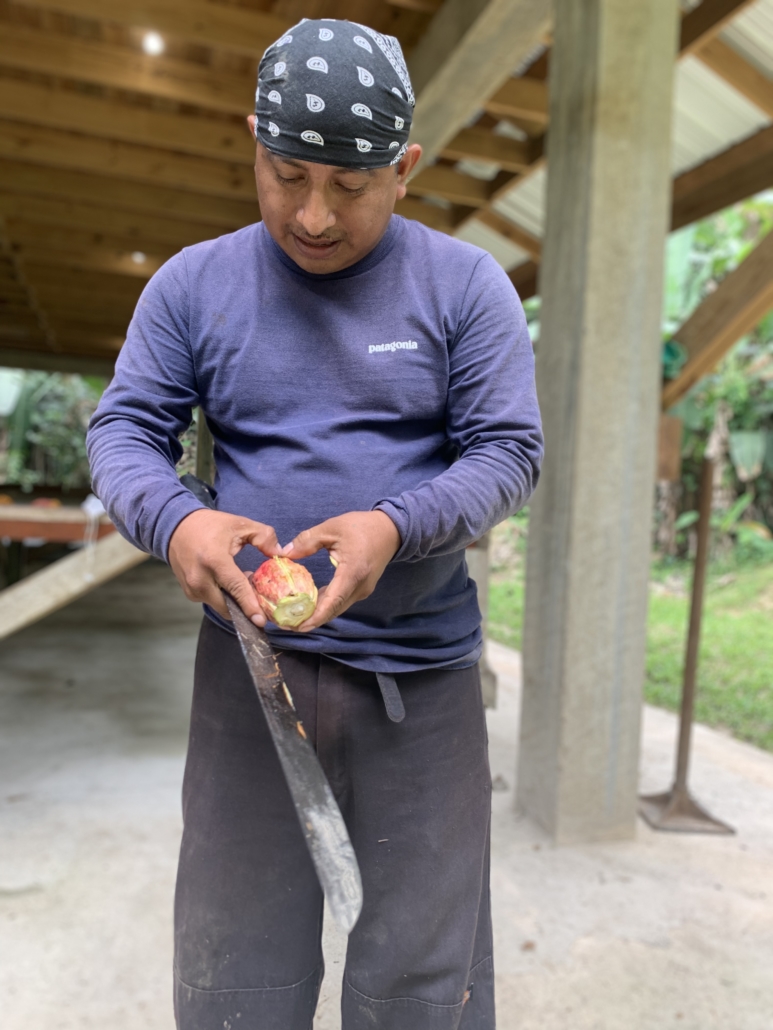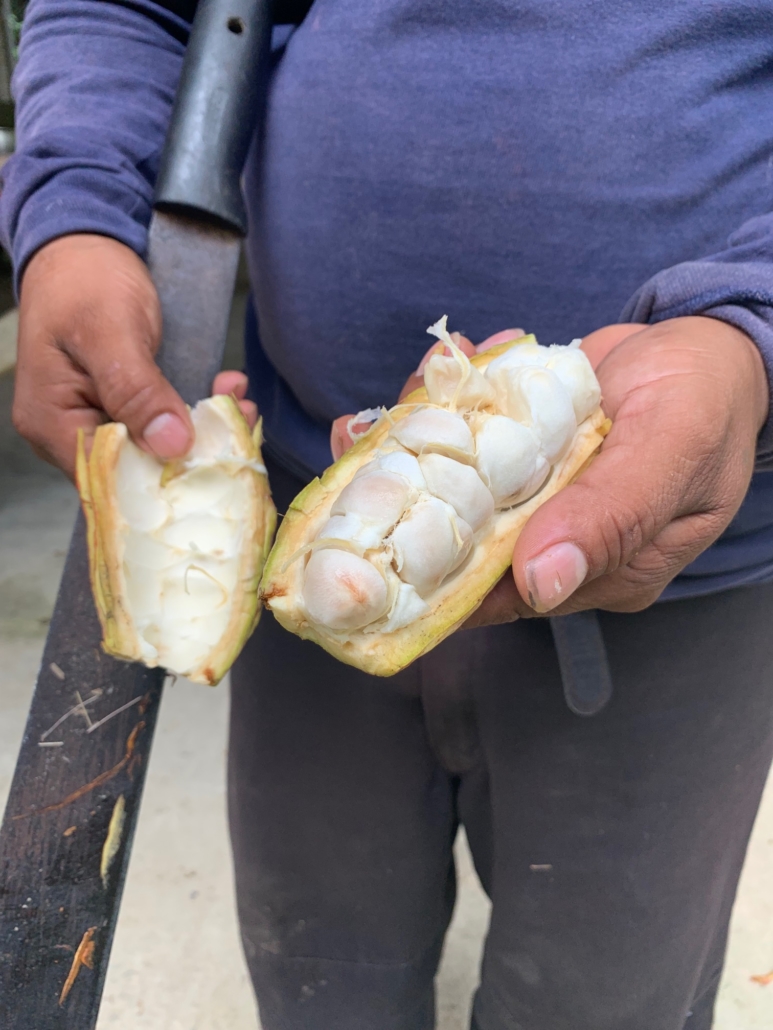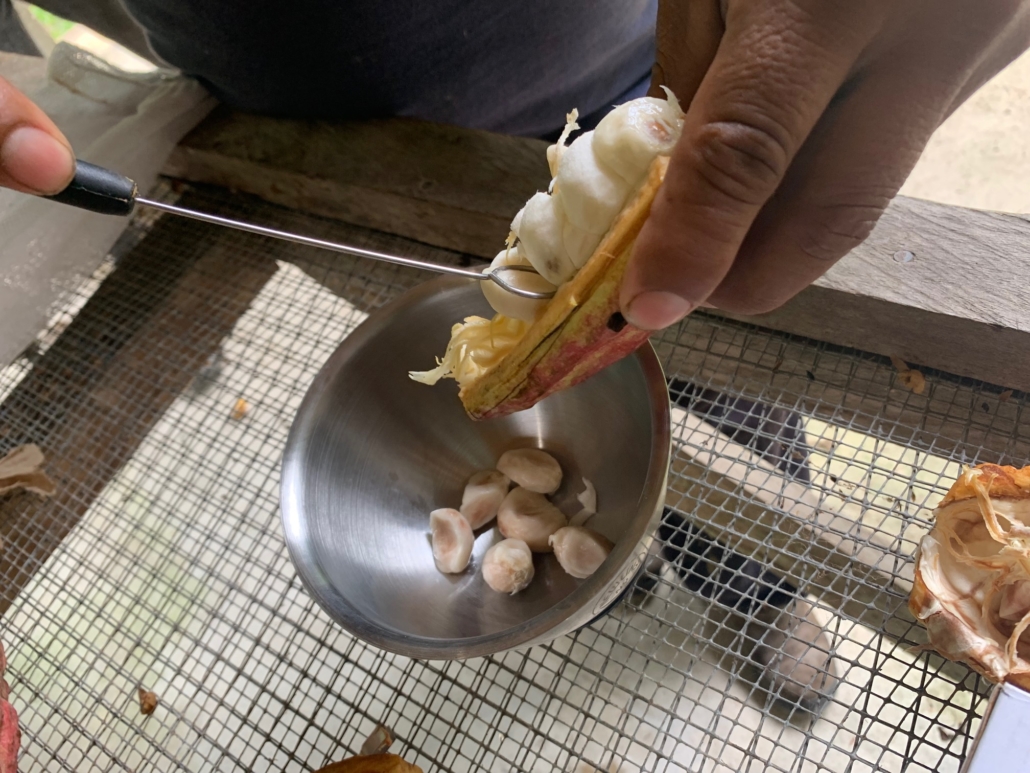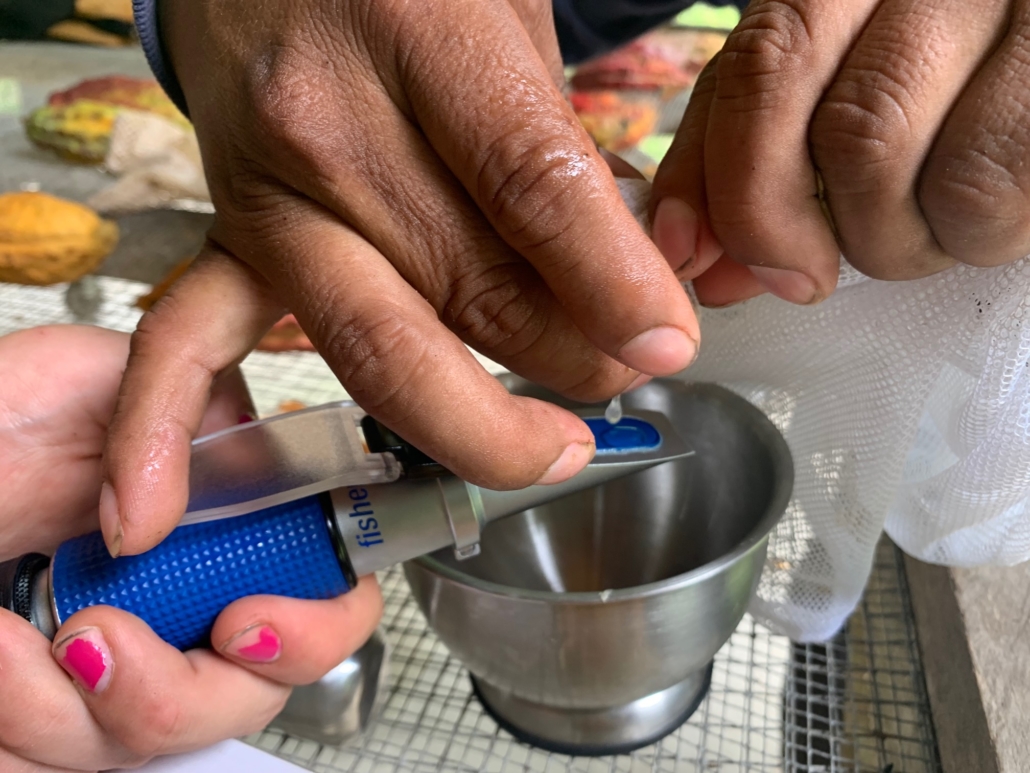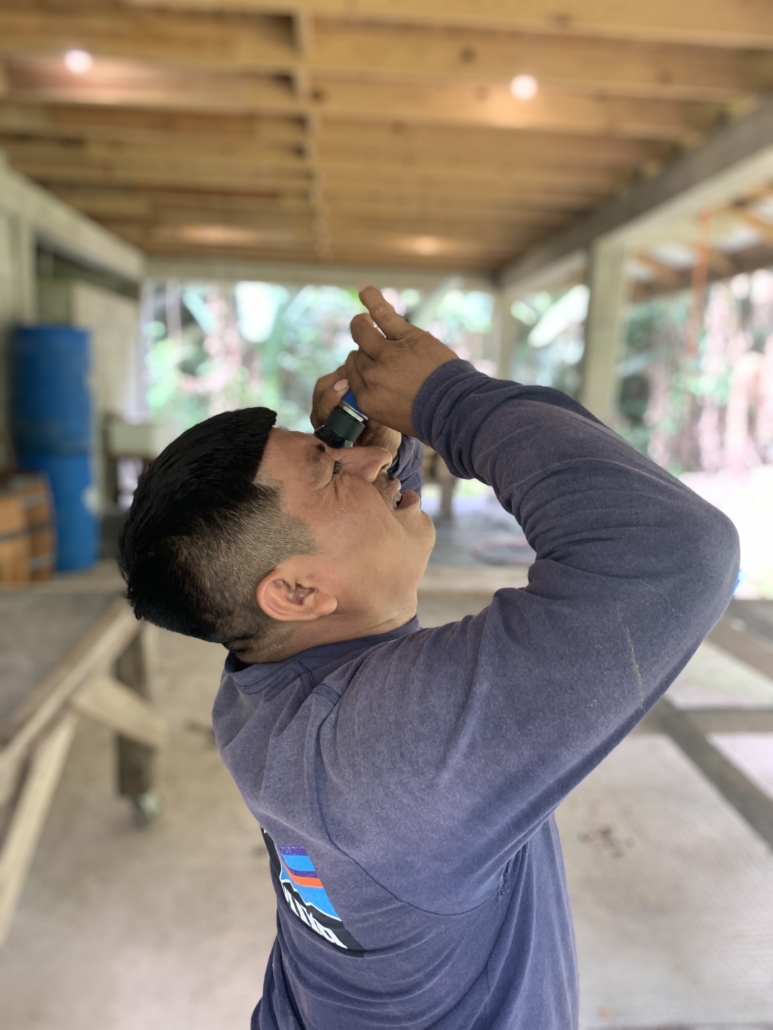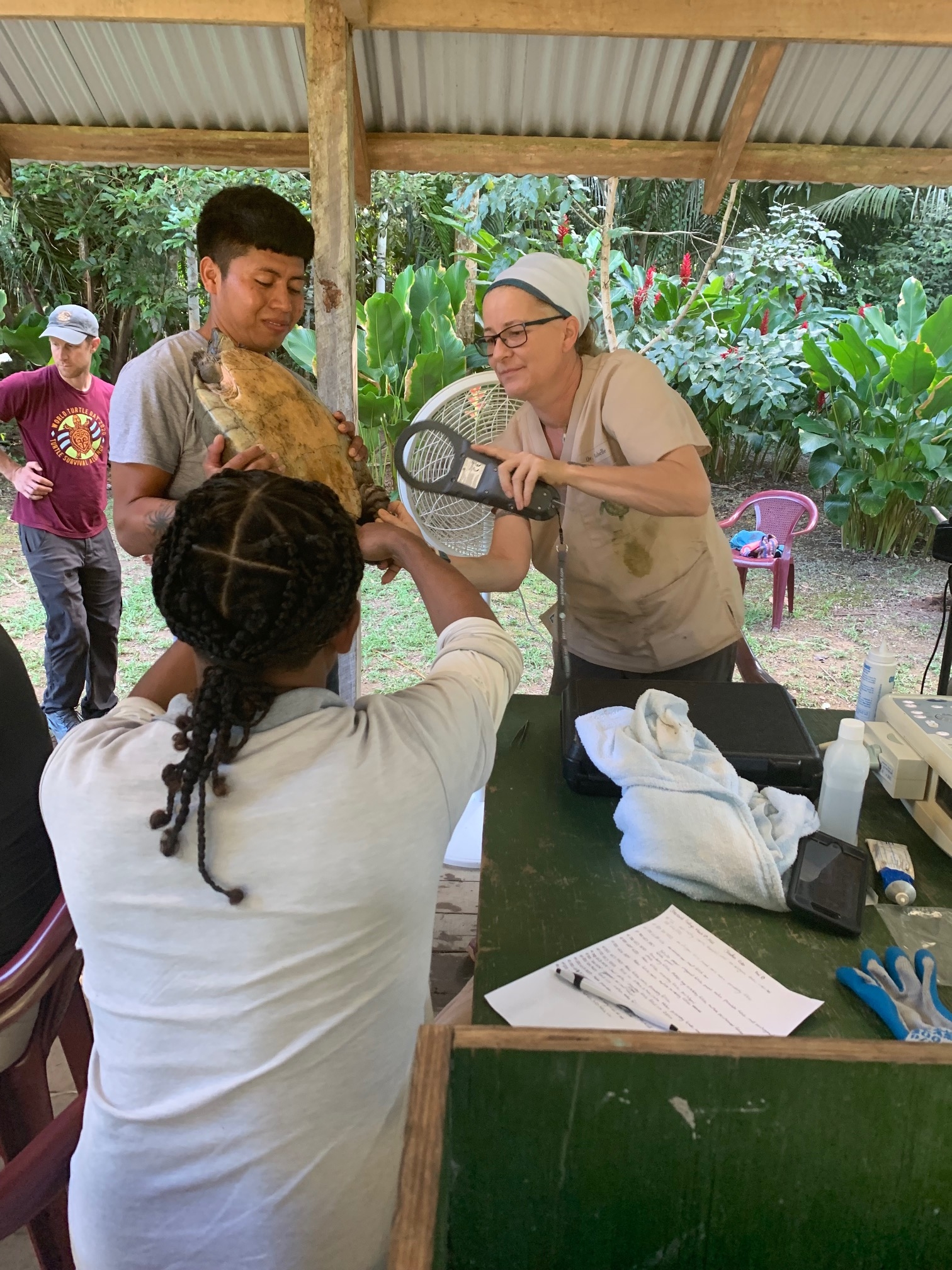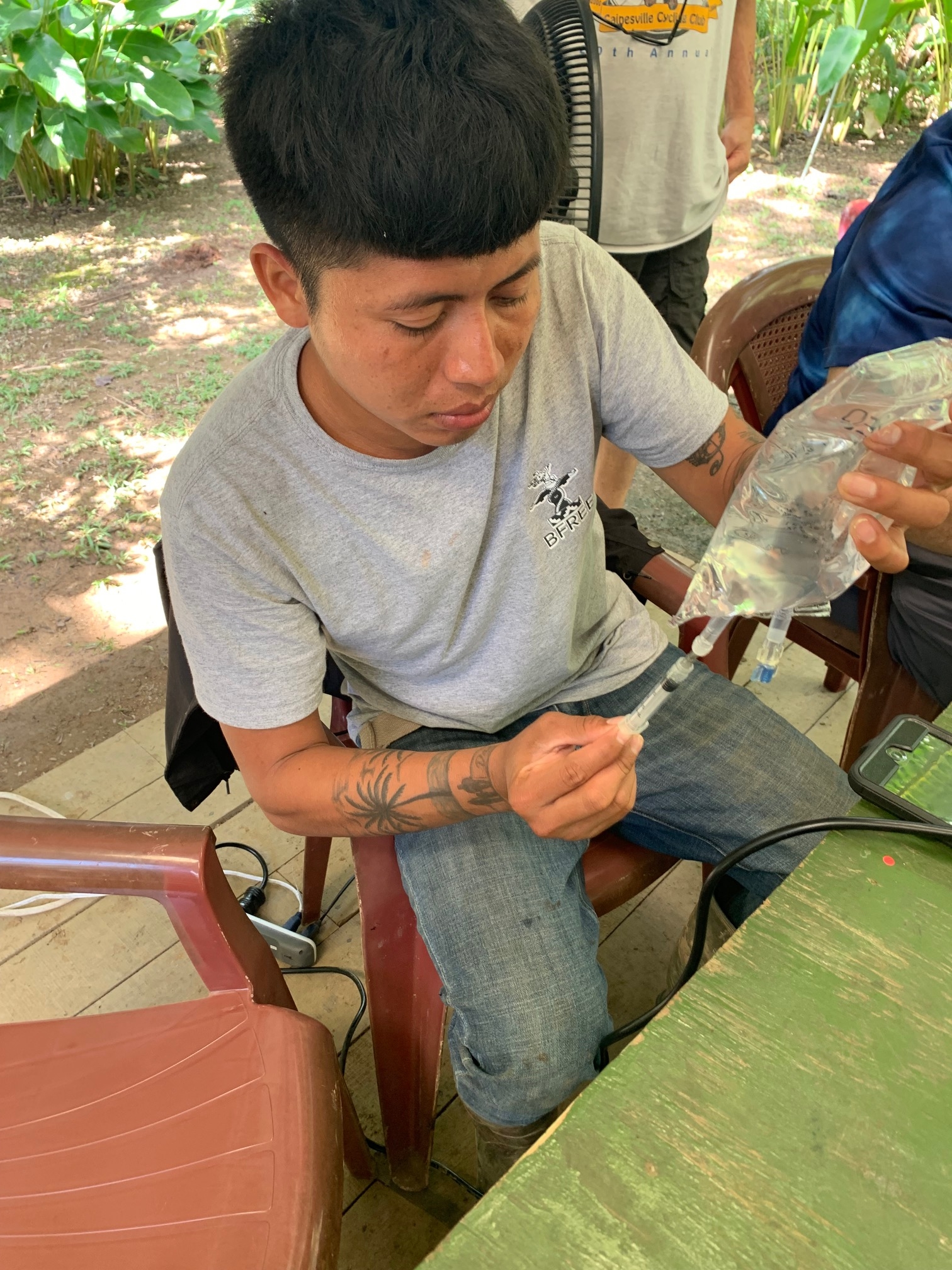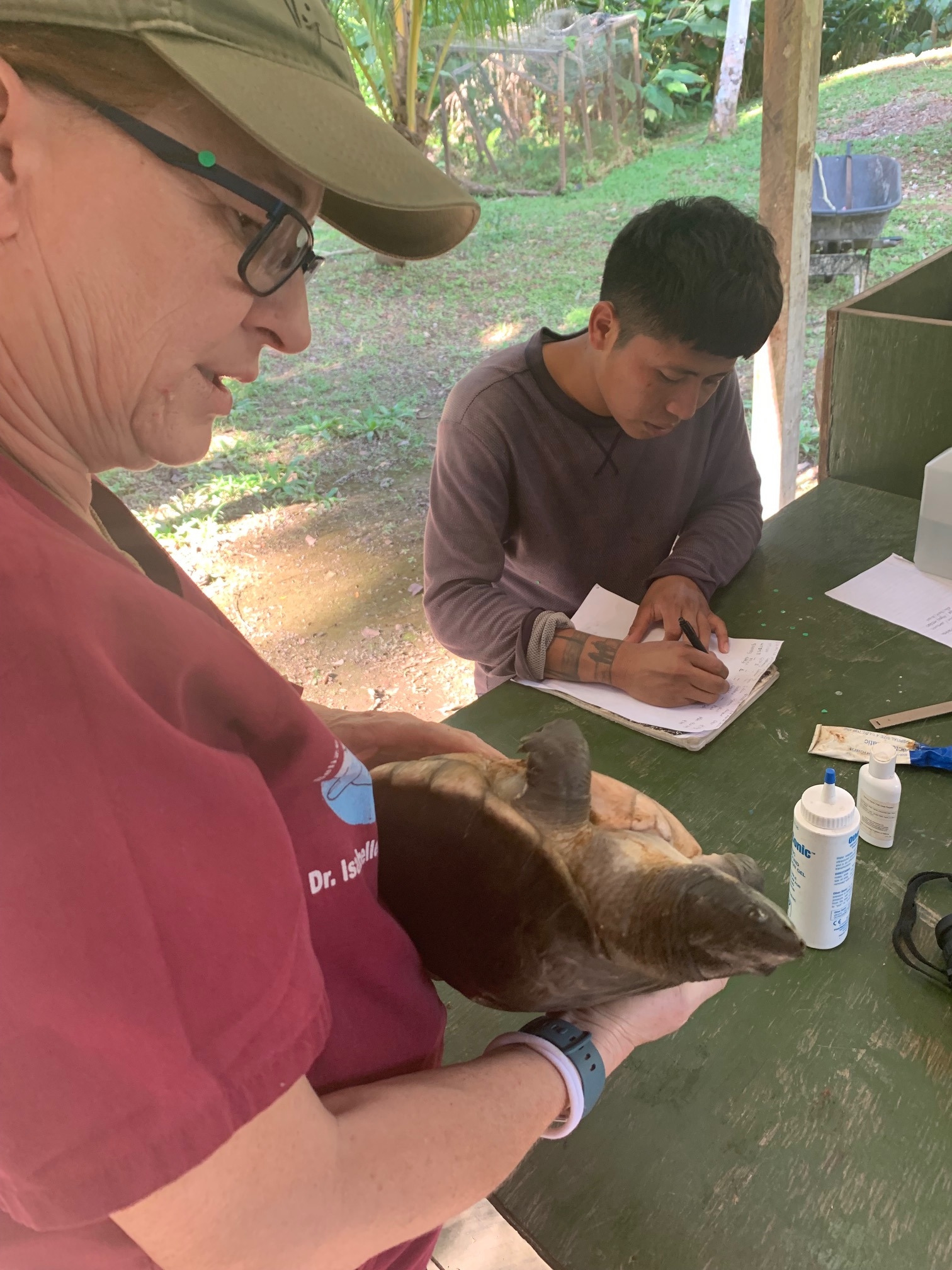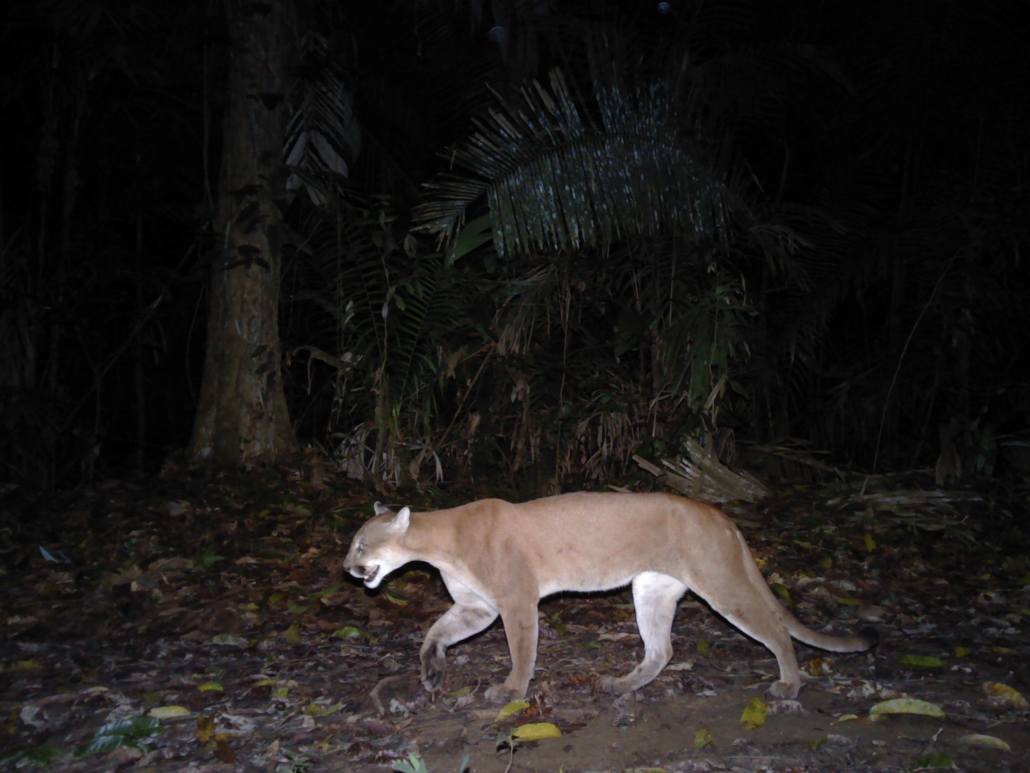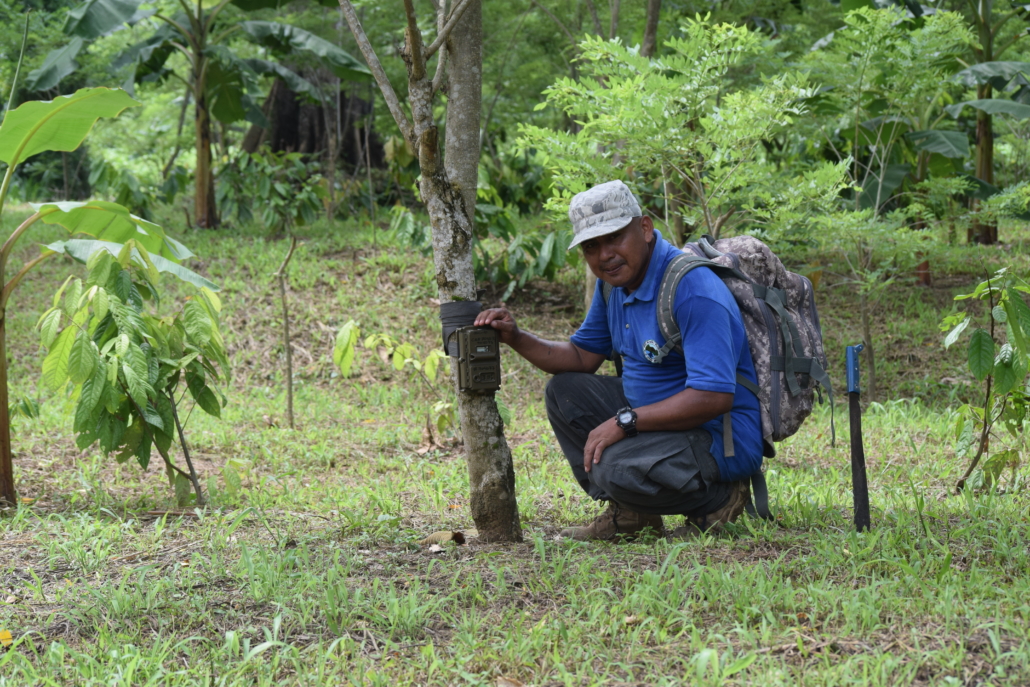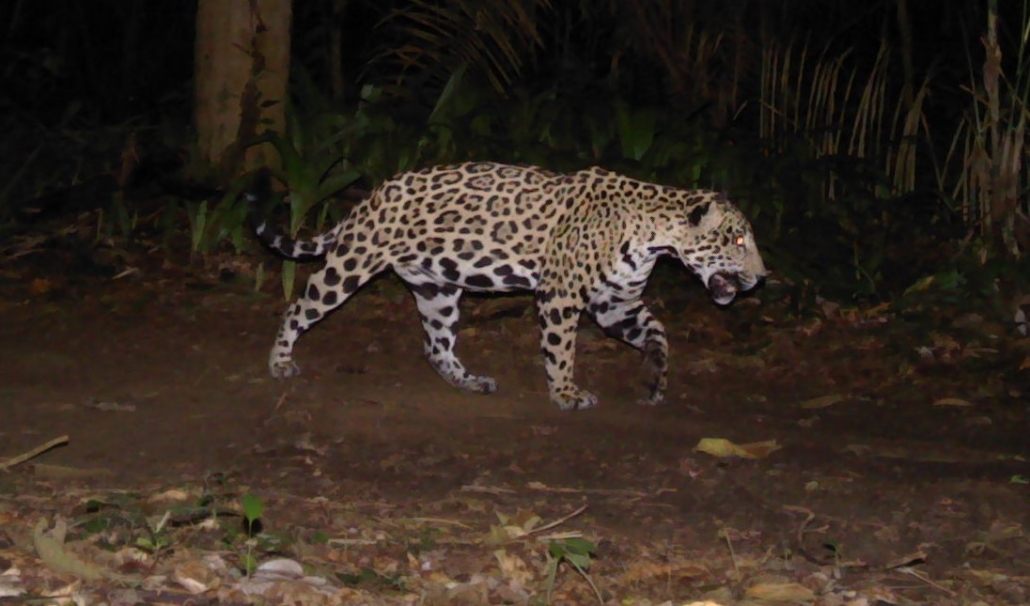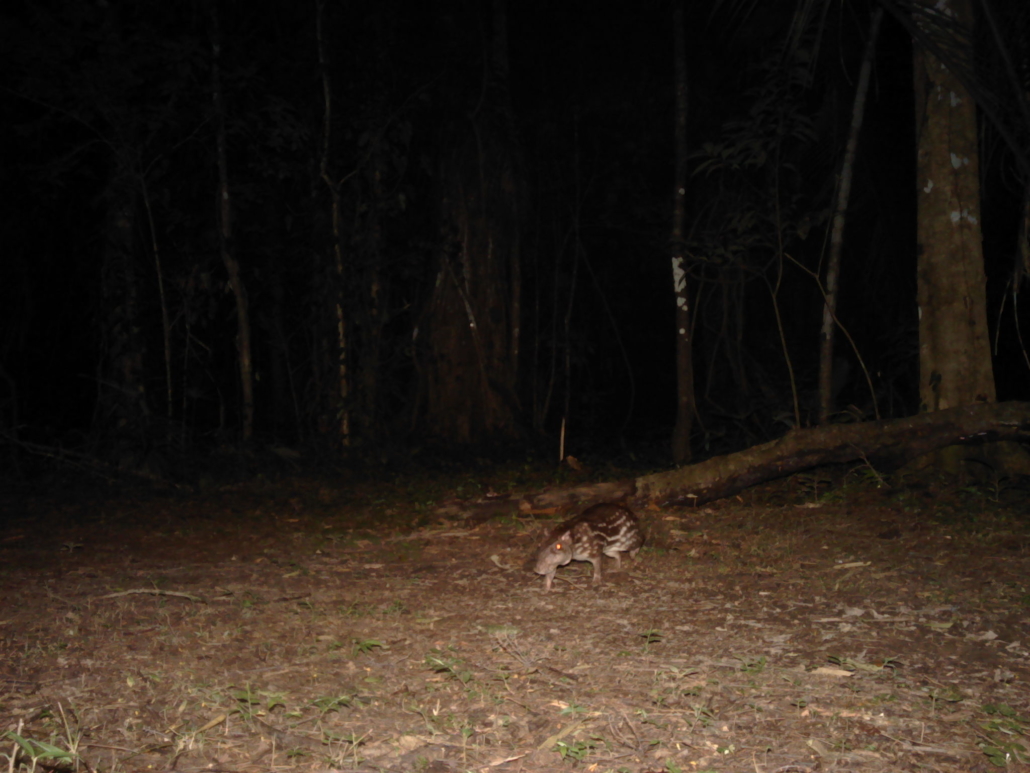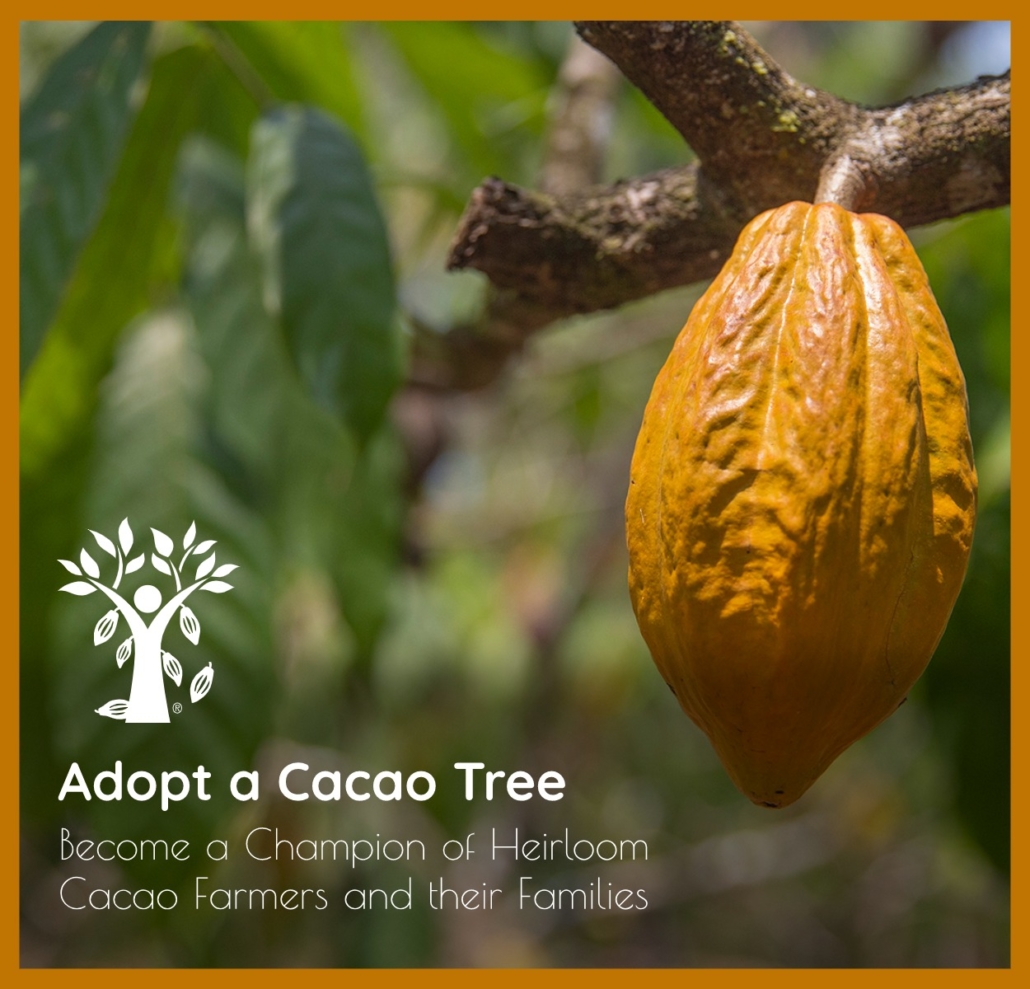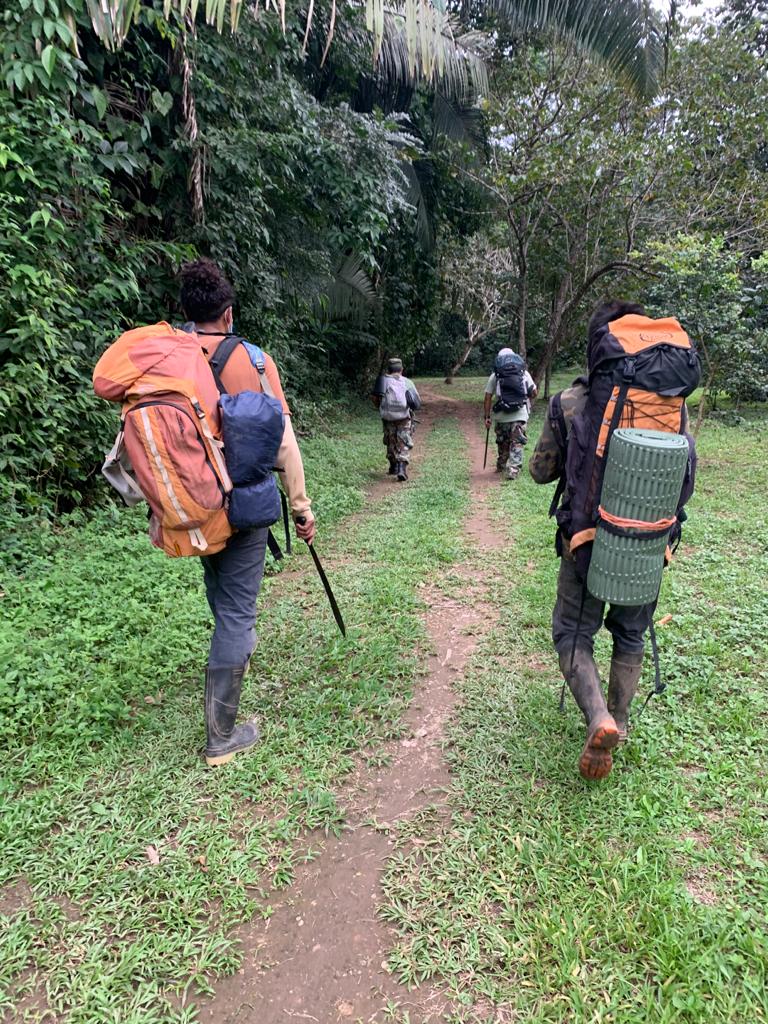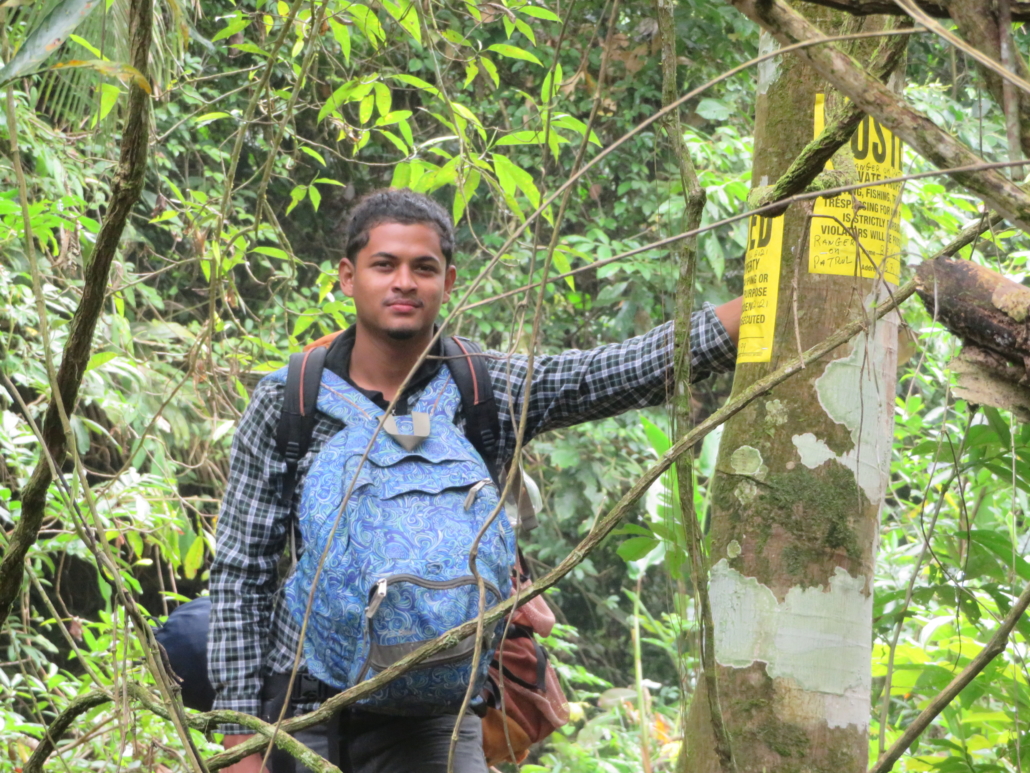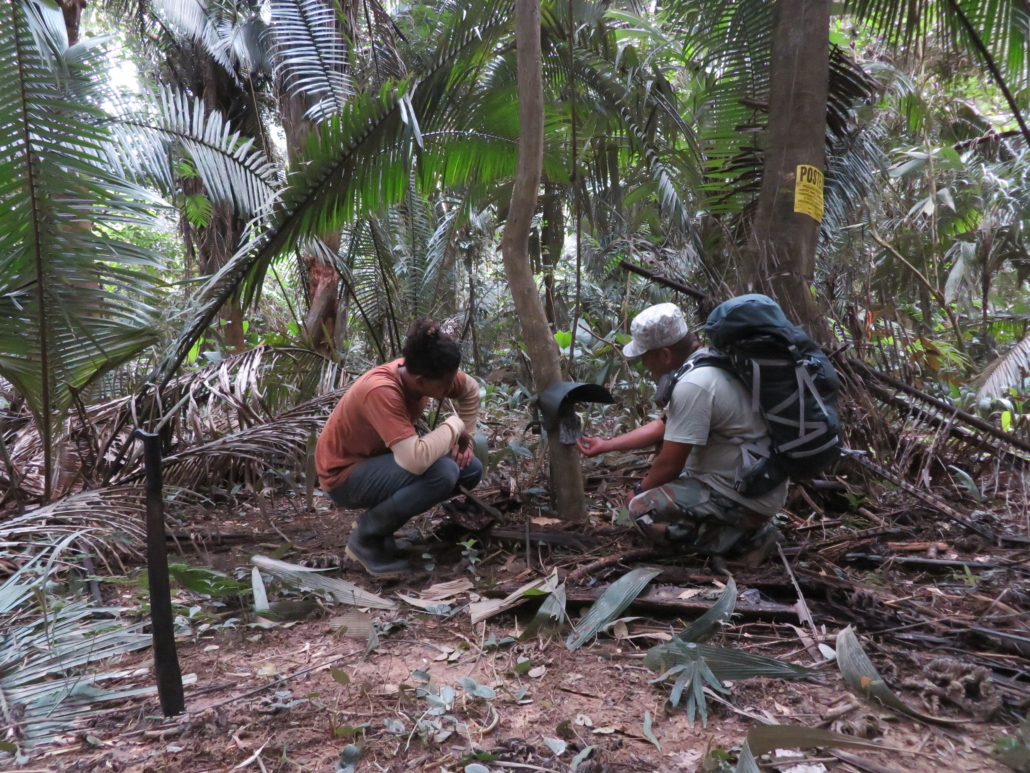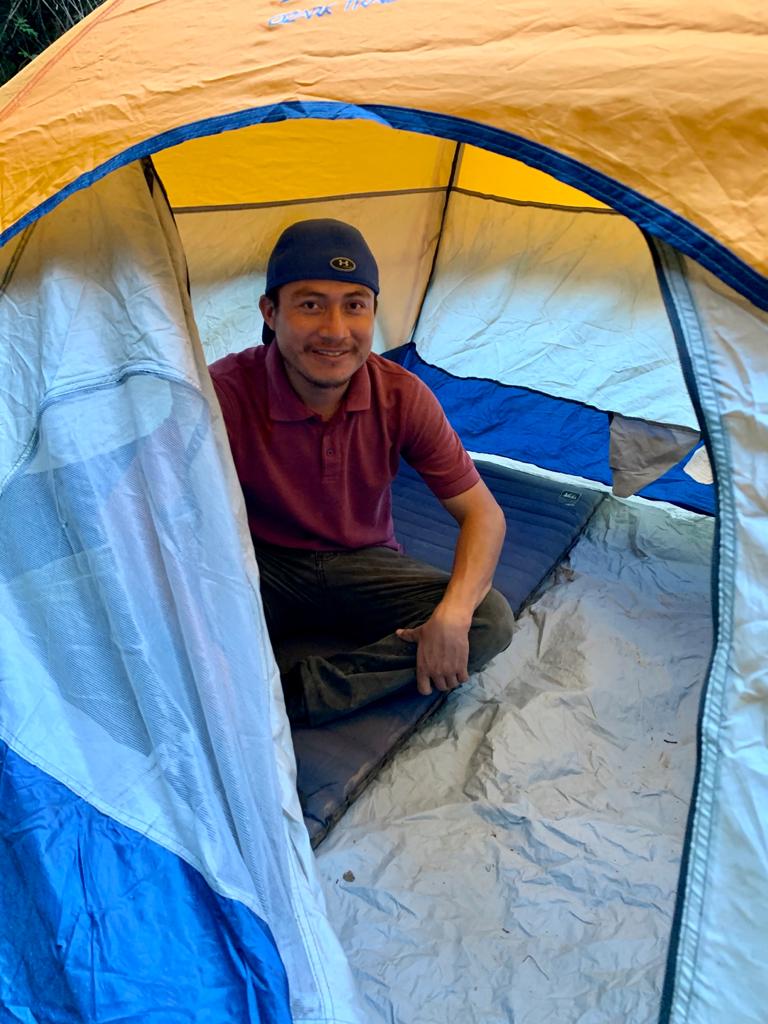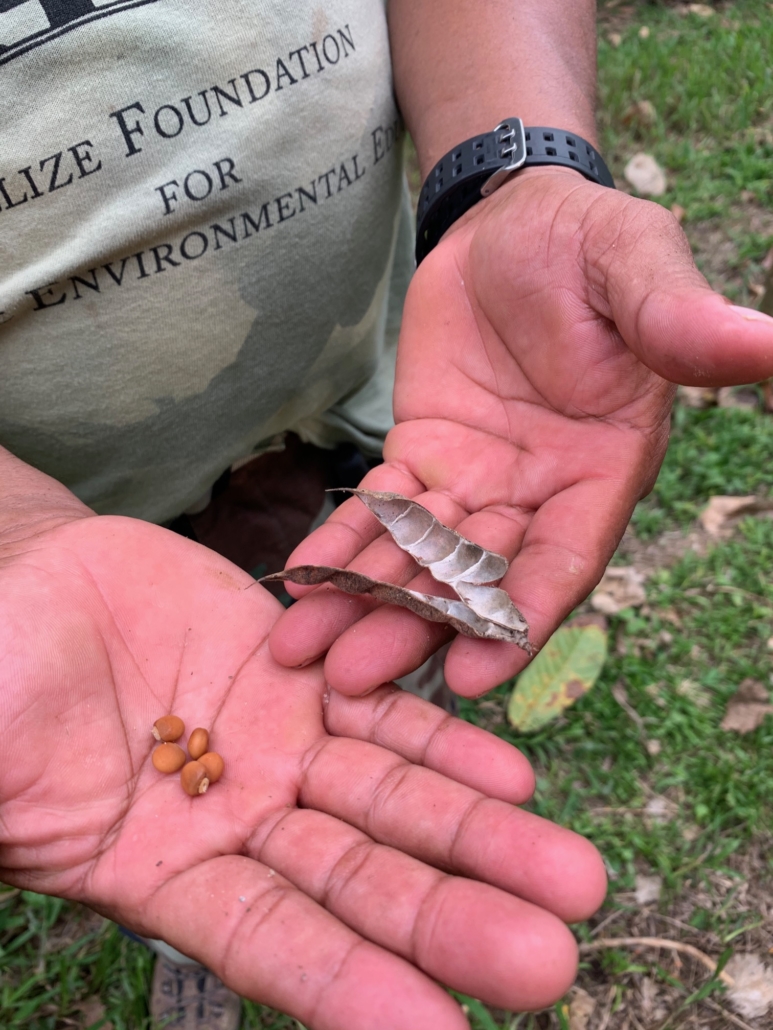In 2015, cacao beans discovered on wild trees within the BFREE Privately Protected Area were submitted for genetic testing to the Heirloom Cacao Preservation Fund (HCP). The results determined that this could be the original chocolate tree, 100% pure Criollo parentage, grown and revered by the ancient Mayan Civilizations, and one of the few pure wild cacaos known to exist on the planet. The beans were given the designation of “heirloom fine flavor” by HCP, only the 11th chocolate in the world to receive such an honor. Since this designation, BFREE has become an active partner with HCP. As part of HCP’s work, they have generously been providing small grants to BFREE over the past two years to assist with the development of our work to propagate heirloom fine flavor cacao.
Become a Champion of Heirloom Cacao Farmers
We are excited to share that you can Adopt a BFREE Cacao Tree through HCP’s adoption program to champion heirloom farmers and families around the world. Adoptions are either a one-time payment of $180 US (or 12 monthly payments of $15 US). For each adoption, you will receive a digital personalized adoption certificate, an Information card including the farm overview, location, and photo of your adopted cacao tree, and three (3) bars of fine chocolate made from the Heirloom Cacao farm where your adopted tree lives.
Adopt a tree from BFREE by selecting “HCP #11, BFREE Demonstration Cacao Farm, Belize” at the link below!
The Heirloom Cacao Preservation Fund
HCP was established in 2012 with the mission to “identify and preserve fine flavor “heirloom” cacao for the preservation of biological diversity and the empowerment of farming communities.” Launched in partnership with the USDA and the Fine Chocolate Industry Association, HCP was formed in response to the global pressures of environmental change, deforestation, and economic influences threatening the world’s supply of high-quality, flavorful cacao. Recognizing these endangered cacao trees are the foundation for not only delicious chocolate but also the livelihood of many farmers and farming communities, the HCP is the first initiative to identify and map the world of high-quality, fine flavor cacao and certify growers of these endangered trees.
Learn more about BFREE’s designation and view a short documentary about our heirloom cacao: HCP #11 – HEIRLOOM CACAO PRESERVATION FUND
